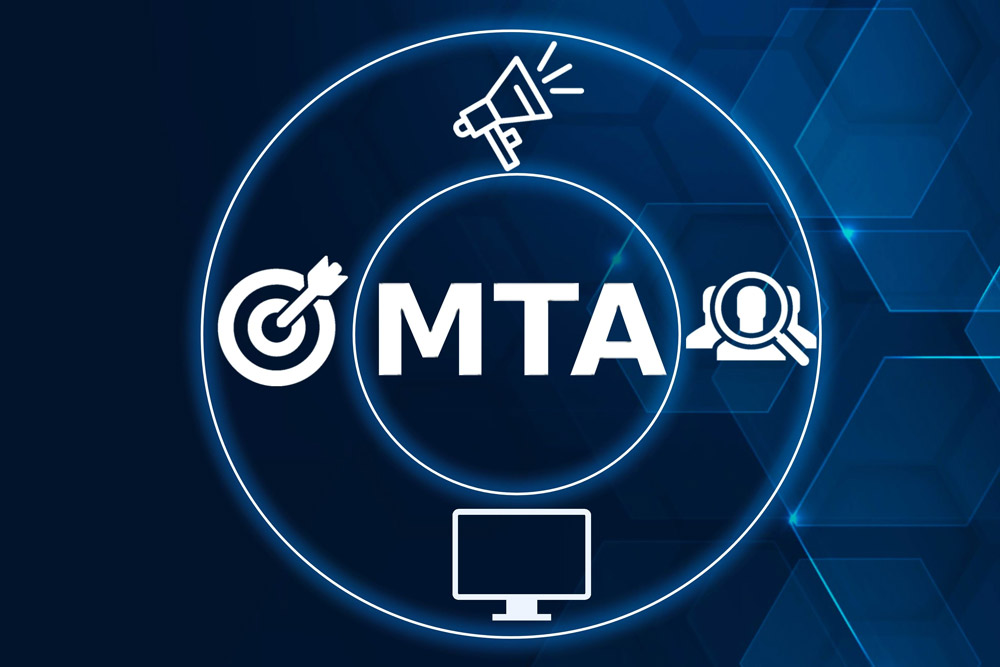Why Is Emotion Key in Consumer Decisions?
In a world where consumers bounce between Instagram ads, Google searches, YouTube videos...
Read More
Why Does Simple Content Win?
In a world where consumers bounce between Instagram ads, Google searches, YouTube videos...
Read More
Single-Touch vs. Multi-Touch Attribution: Which Is Better?
In a world where consumers bounce between Instagram ads, Google searches, YouTube videos...
Read More
How Does the Law of Least Effort Improve Mobile Marketing?
In a world where consumers bounce between Instagram ads, Google searches, YouTube videos...
Read More










